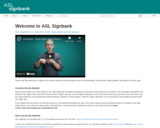
ASL Signbank is a collection of ASL signs linked with ID glosses.
- Subject:
- Arts and Humanities
- Languages
- Material Type:
- Data Set
- Date Added:
- 01/04/2022

ASL Signbank is a collection of ASL signs linked with ID glosses.
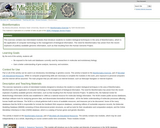
This exercise contains two interrelated modules that introduce students to modern biological techniques in the area of Bioinformatics, which is the application of computer technology to the management of biological information. The need for Bioinformatics has arisen from the recent explosion of publicly available genomic information, such as that resulting from the Human Genome Project.

This ancillary resource is intended to be used by faculty in conjunction with Clinical Procedures for Safer Patient Care – Thompson Rivers University Edition. The chapters in this text intentionally coincide with chapters in Clinical Procedures for Safer Patient Care - Thompson Rivers University Edition to allow for easier cross referencing between the texts. This resource provides answers to the critical thinking questions that accompany each chapter of the aforementioned text. In some cases, learning activities and sample quiz questions are provided to support faculty in their teaching. More importantly they are meant to help learners develop their ability to critically think, to apply information in a variety of contexts and to achieve necessary learning outcomes toward being a safe competent nurse. The critical thinking questions, learning activities and sample quiz questions were developed with a BScN student in mind. Faculty can adapt the question(s) and / or expected answers based on the type of nursing program and level of student.

The BCcampus Open Education OER by Discipline Directory lists a wide range of open educational resources organized by discipline. This directory is updated as new resources are identified. Note that textbooks in the B.C. Open Textbook Collection are not included in this directory.
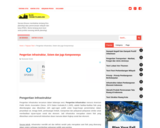
Pada artikel ini akan dijelaskan secara detil, apa itu infrasturktur, apa itu komponen-komponennya
This blog is a medium for the exchange of information on urban planning, regional planning, design, and development of society. This blog is also one of the news portal urban planning, editorials, book reviews, announcements, jobs, education, and more. This blog contains a number of issues of planning, design, and development, ranging from the regional economic and urban, infrastructure architecture, housing and community development, including the preservation of historical buildings. This blog also provides a forum for all the good planners, students prospective planners, politicians, and even the general public to ensure discussion on development issues can be run well. Readers of this blog may include: planners urban professionals, journalists, activists urban, developers, architects, policy makers, educators, economists, and civil enthusiasts and others. This blog was written personally by Dara Puspa Agustin, ST, alumni of the University of Gadjah Mada (UGM); Department of Architecture and Planning. The author also actively writing papers, journals and also actively participates in national seminars and discussion forums urban and regional planning. Readers can express criticism, suggestions or questions on the published articles or can also send an email directly to the author on the contact page which contained in this site.

In this activity, students use a microcomputer connected to a light sensor and temperature probe to explore the reflection and absorption of radiation for different surfaces. Students follow instructions in this guided inquiry based lab and are then asked to design an experiment of their own to either test the reflectivity of sand, soils, water and other materials or to investigate the effect of different surface textures on reflectivity. On this Starting Point page, users can access information about the exercise's learning goals, context for use, teaching notes and tips, teaching materials, assessment ideas, references and topics covered.
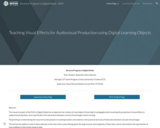
The research project of this Ph.D. in Digital Media has as objective the creation of a tool (object of learning) for pedagogical aid in teaching the production of visual effects in audiovisual productions, more specifically in the interactions between real and virtual images (match moving).
The prototype created during the research has the purpose of assisting teachers and students in the practical exercises of interaction between real and virtual images.
The tool has the ability to assist in data collection at the time of live-action filming, given the large amount and complexity of these data, and its vital need for the reproduction of real conditions in the virtual universe later.
In addition, it has the ability to generate a script (in Maxscript language) for its use in 3DS Max graphics software, automating part of the production process.
It is also part of the research, besides the conception and creation of the tool (learning object), its validation in the pedagogical and design bias (user experience and user interface).

Tennessee State University Open Education Resource - Affordable Learning Solutions Webpage Portal for post-secondary content across higher education academic disciplines in partnership with www.MERLOT.org.
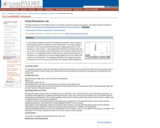
This is a virtual lab activity on the photoelectric effect based on a Java applet simulation of the experiment.